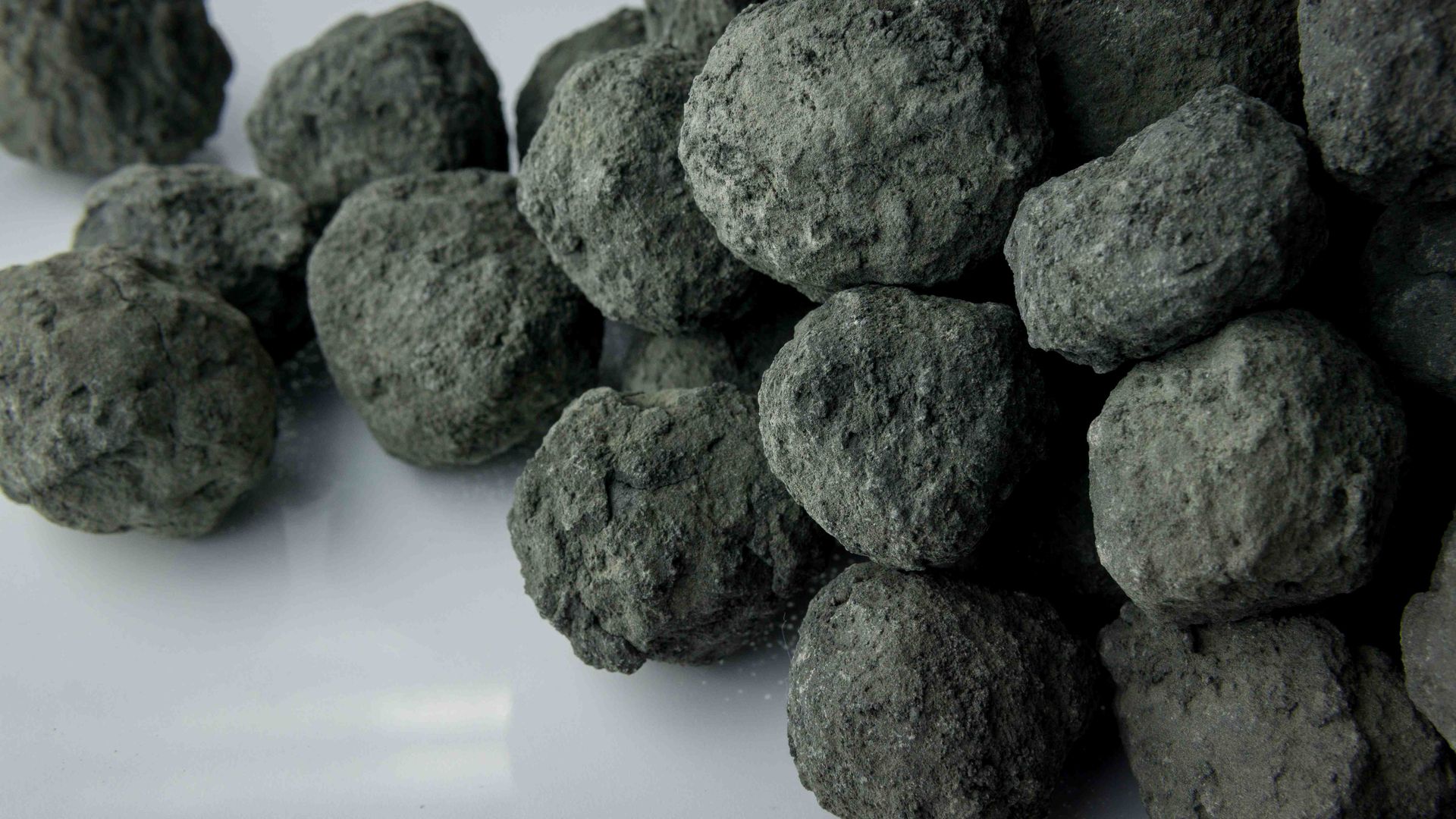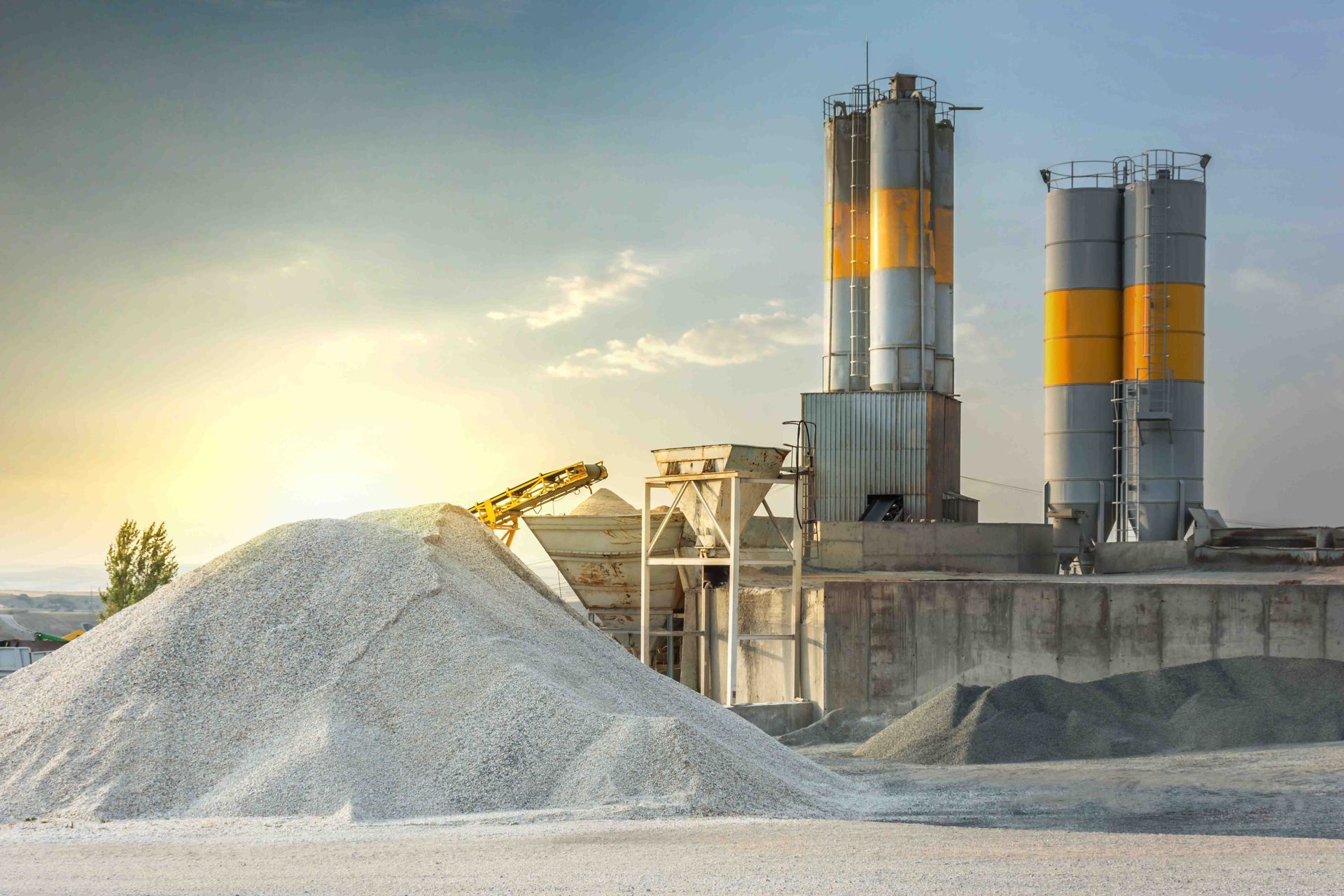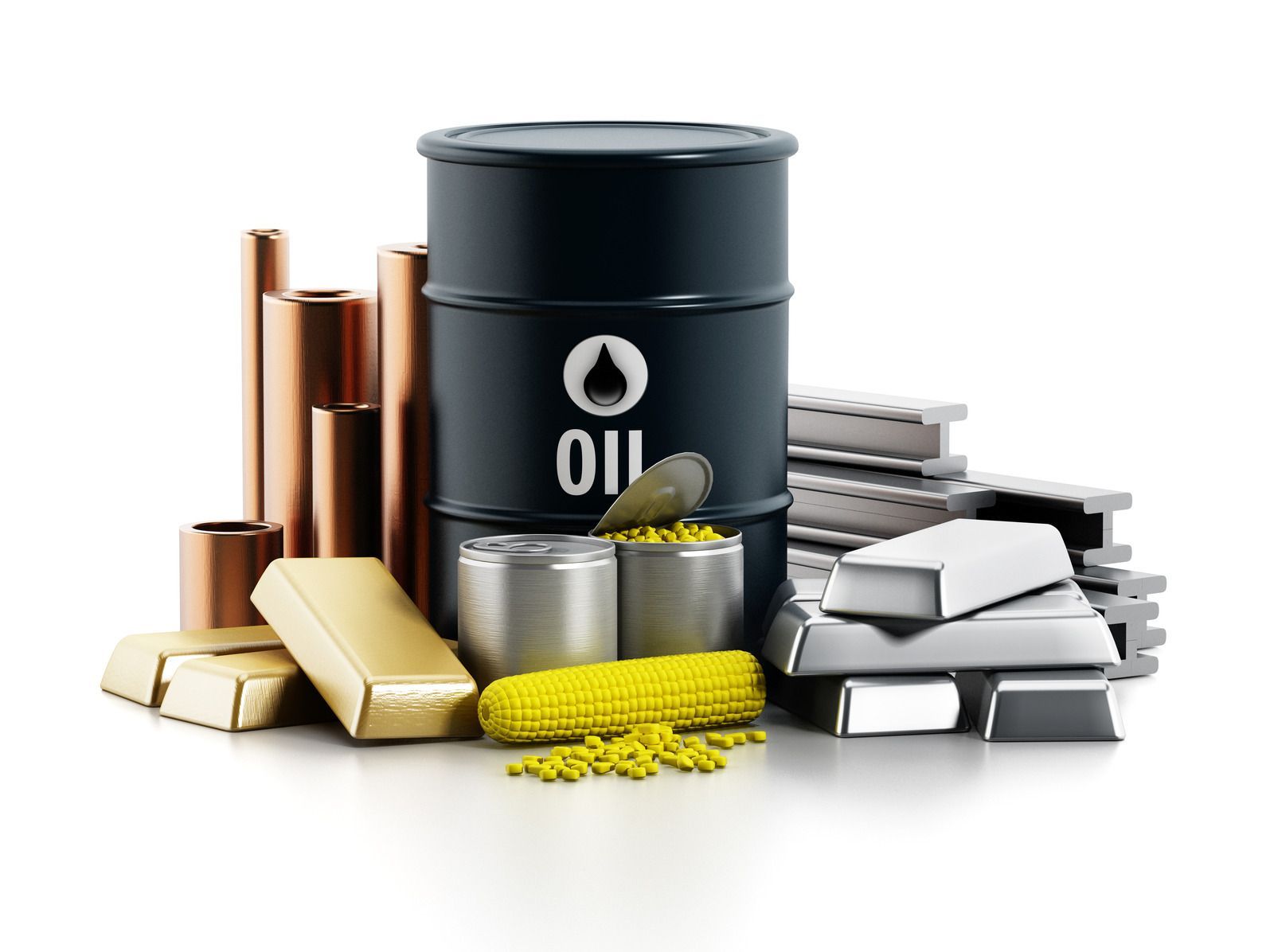How Legionella Bacteria Can Thrive In Stagnant Water Systems?

There are several opportunistic pathogens lurking in nature, waiting for a chance to multiply and compromise human health. One such waterborne pathogen is a bacterium called Legionella. It is responsible for ailments like Pontiac fever and Legionnaires’ disease (a severe form of pneumonia that can be fatal). The bacteria Legionella is found in freshwater systems like streams and lakes in its natural form. Here it does not pose a threat due to its low concentration. Nevertheless, when Legionella enters into the water systems of a building, the threat increases.
What Does Legionella Need To Multiply
Legionella bacteria rapidly grow or multiply in water whose temperature is between 20°C to 45°C. The water should also have nutrients for the bacteria to thrive. Below 20°C and above 60°C, the Legionella bacteria become dormant.
The presence of Legionella becomes a problem in building water systems because they provide just the right setting for the bacteria to grow.
Stagnant Water Systems Pose Bigger Problem Than Flowing Freshwater Systems
Nature has its unique way of ensuring the concentration of bacteria does not grow. It achieves this seemingly difficult task by keeping the water flowing. Additionally, the UV rays of the sun also destroy some of them. The same cannot be said of manufactured or artificial water systems.
In artificial water systems, especially the hot and cold water towers of a building, there can be stagnant water in the plumbing. This standing water increases the risk of Legionella’s growth and spread along with that of other biofilm-associated bacteria.
- When the water in the plumbing is stagnant, there is no way to maintain its temperature in the ideal range. As a result, the bacteria get ample opportunity to colonize.
- The second problem with stagnant water is that the presence of any disinfectant is negligible, so one cannot bank on it to keep the bacteria in check.
When the water system of any building has been shut for a long time, the owners need to be doubly cautious. During all this time, the water would have been standing in the water towers and the plumbing. This would have given the bacteria a golden chance to increase in numbers.
How Legionella Enters The Water Systems
There are several internal and external factors that can introduce the Legionella bacteria into the water systems. These include:
- Breaks in the main pipeline.
- Changes in the quality of water supplied by the municipality.
- Construction on site.
- Sediments and scaling.
- Biofilm.
- Fluctuations in the pH levels.
- Insufficient amount of disinfectant in the water.
- Changes in water pressure.
- Stagnant water.
Minimizing Legionella Risk Before Reopening the Building
It is possible to minimize the risk of Legionella contamination in the water system of any facility or structure. The procedures we discuss now should be stringently followed in all buildings before reopening and even afterward. These methods of risk control are highly effective and will prevent Legionella growth.
1. Storage And Distribution Of Water
- The water in hot water cylinders should be stored at 60°C or more.
- When distributing hot water, its temperature should be 50°C or more. For safety, install thermostatic mixer valves near the outlets that are identified as scald risk.
- Storage and distribution of cold water should be below 20°C.
2. Routine Inspections
- Trained professionals should conduct routine water inspections to ensure the sanctity of water.
- It is possible to do these inspections on-site using devices like PermuTrade Legionella Detection System , or you could send the water sample to a lab and get it tested off-site.
3. Prevent Water Stagnation
- Try and get rid of all the dead ends in the plumbing system. If it is not possible to eliminate them all, keep them to the barest minimum.
- Weekly flush out the outlets that are not used regularly. It may include taps and showers.
- Descale the taps and showerheads, including the hoses, once a quarter.
- Clean the cold and hot water storage tanks at least once a year and check for debris.
4. Design Modifications
- The plumbing or the network of pipes should be direct and as short as possible.
- The pipes and tanks should be adequately insulated.
- Fit the storage towers with lids and possibly insect screens.
5. Employ Decontamination Measures
- Employ copper and silver ionization procedures to prevent Legionella growth.
- Adding chlorine to the water will also help decontaminate the water.
These procedures are more effective if deployed with proper maintenance and monitoring regimes.
Where Can Legionella Grow?
Legionella can grow in any part of the facility’s water system which is wet. Therefore, it can grow anywhere in the plumbing, unseen and unheard, like:
- Water storage tanks.
- Expansion tanks.
- Water heaters.
- Faucets, electronic and manual.
- Pipes, valves, and even fittings.
- Centrally installed humidification systems.
- Hot tubs.
- Ice machines.
- Fountains.
How People Contact Legionnaires’ Disease?
As mentioned in the beginning, Legionnaires’ disease is a severe form of pneumonia that can be fatal. People contract the disease when they:
- Inhale vapors containing the Legionella bacteria.
- Drink contaminated water, and the water enters their lungs.
Some groups of people are more susceptible to contracting the Legionnaires’ disease. Usually, these are the people who have a compromised immune system. Aged, smokers, and people with chronic diseases fall in this category.
Legionella Is Not The Only Risk
Stagnant water can promote the growth of many pathogens. Mentioning Legionella does not mean it is the only one you need to worry about. There are other germs as well that lurk in standing water, like nontuberculous mycobacteria and Pseudomonas, just to name a few. So the threat comes from several sources, not just one. The good thing is that having proper and strict water maintenance procedures will help contain all the waterborne threats. So treating one will limit others as well.
The Bottom Line
Stagnant water allows Legionella to spread its colonies in the plumbing and water storage tanks. Stagnation, aging water, and microbial biofilms speed up the decay of residual disinfectants and wanes water quality. Achieving long-term water disinfection is possible by ensuring the continuous circulation of chemically and thermally treated water. It is the most viable solution that helps prevent Legionella outbreaks.
The post How Legionella Bacteria Can Thrive In Stagnant Water Systems? appeared first on PermuTrade.
Disclaimer: The information on this website and blog is for general informational purposes only and is not professional advice. We make no guarantees of accuracy or completeness. We disclaim all liability for errors, omissions, or reliance on this content. Always consult a qualified professional for specific guidance.






